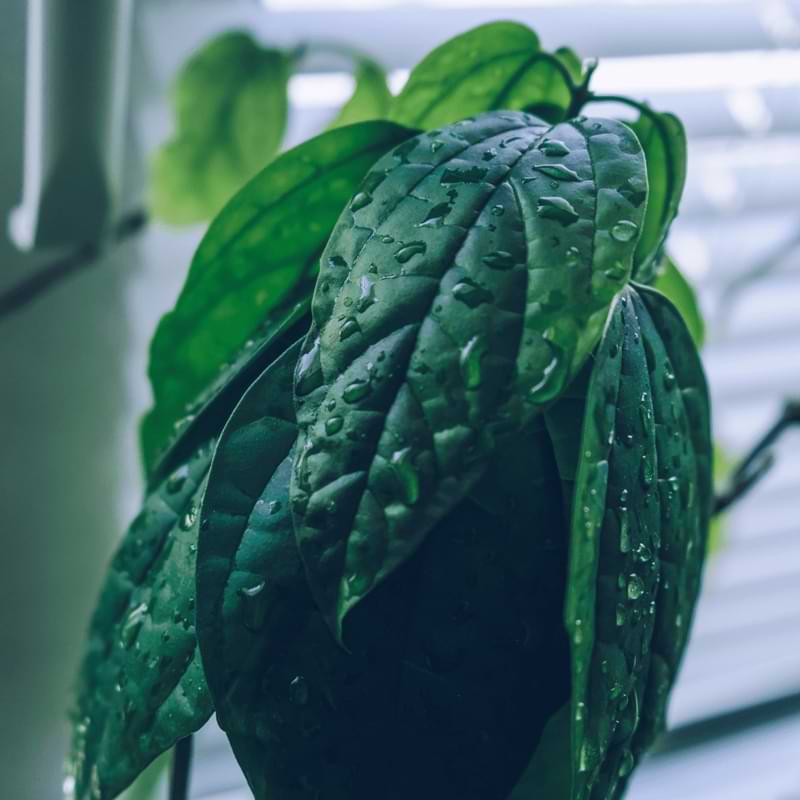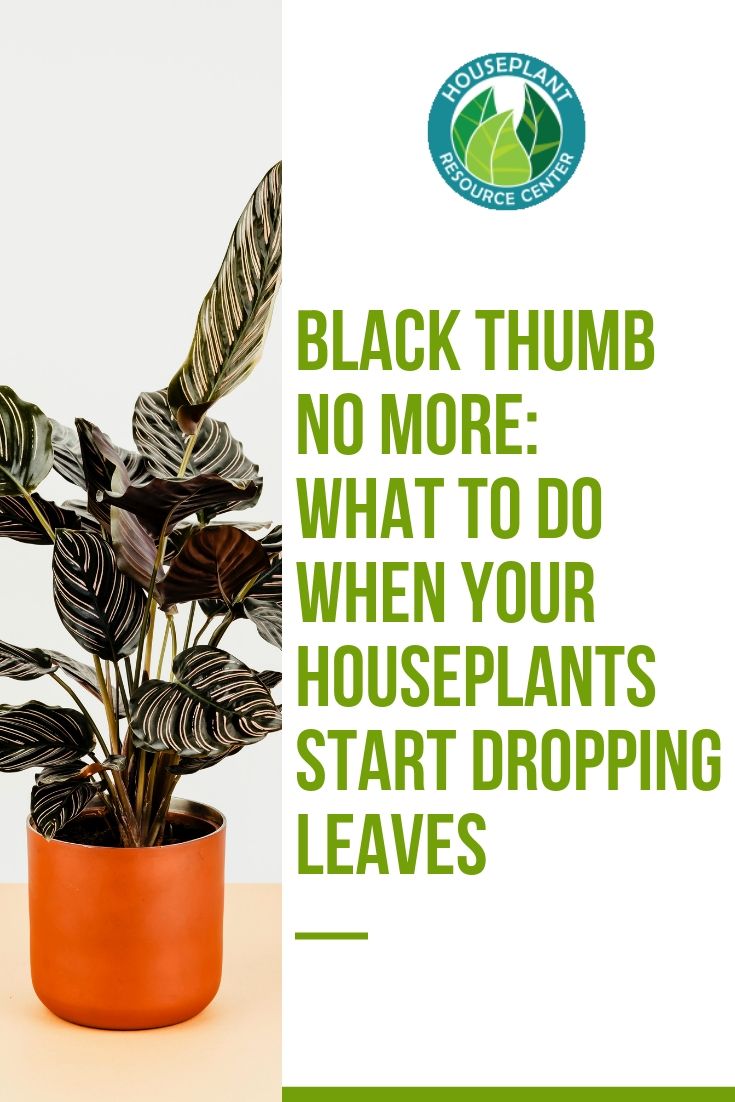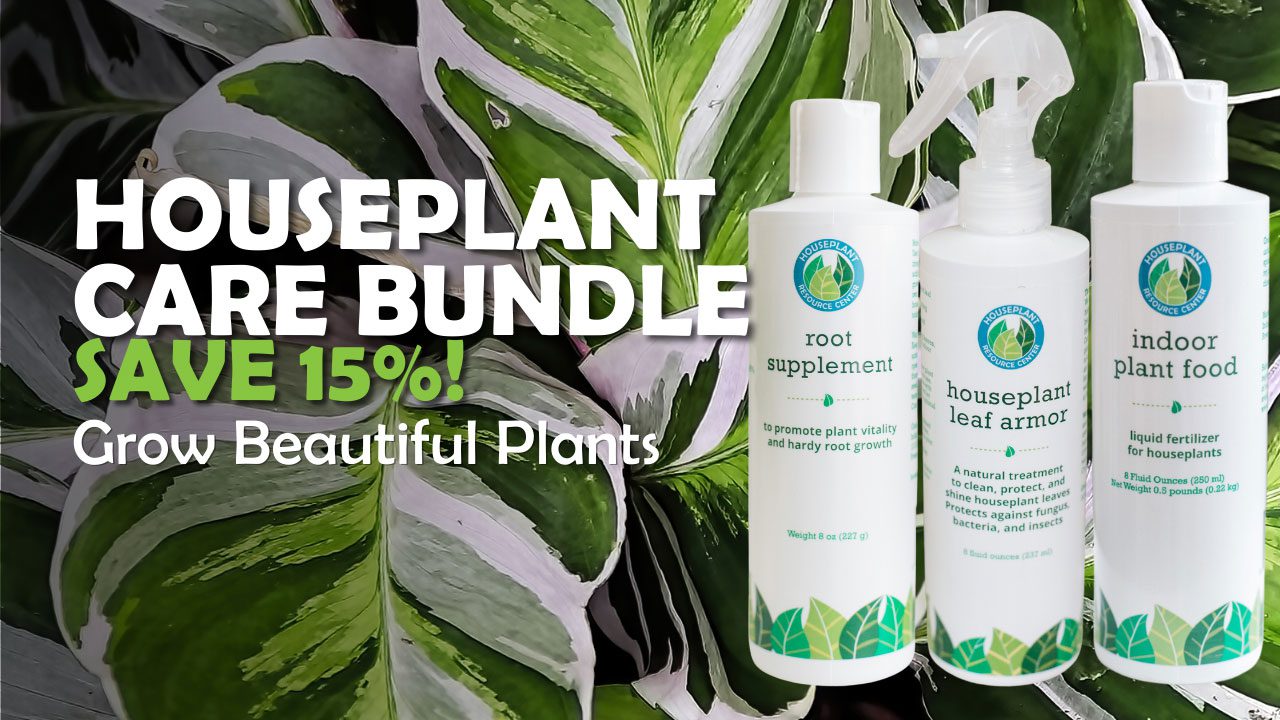Table of Contents
What to Do When Your Houseplants Are Dropping Leaves
Beginning plant parents often panic when their plants start browning or losing leaves, and if they don’t properly understand the problem, they may inadvertently cause more harm than good.
This is often where the “black thumb” comes from: not understanding a plant’s needs and giving it too much of what it doesn’t want.
The thing with indoor plants is that they’re in an environment very different from their natural habitat. Plants don’t naturally grow indoors, so in order for them to be healthy, you have to mimic their ideal growing conditions inside. This means giving them the correct soil, lighting, temperature, nutrients, and water.
When you see problems with your houseplant, instead of putting it directly in the window or giving it more water, research that type of plant first. Of course, each plant is very different, but issues usually come down to a few basic factors that might need adjustment.
Once you understand this, you’re on your way to becoming the proud new owner of a green thumb (and many healthy houseplants!).

Factors to Consider When Your Plants Start Dropping Leaves
When a plant starts drooping, wilting, getting spots, or dropping leaves, it’s usually one of these problems.
Water
This is the most common problem we see with houseplants. Most plants have specific watering requirements, so make sure to research when you buy and take your climate into account. If you live in a humid climate, you can try giving them a little less water than the label or internet says. If you live in a very dry climate, your plant might need more.
Too dry?
If your plant starts to look dry, if the leaves curl, if the leaves get light brown edges, AND if the soil feels dry or is pulling away from the pot, it might need more water. (But check the other factors first!)
Too wet?
For the most part, it’s better to slightly underwater a plant than overwater it because overwatering leads to root rot in most plants. It’s also much easier to give a plant more water than to repot and treat for root rot.
Symptoms of overwatering vary from plant to plant, but If the leaves turn black or dark brown or if anything looks mushy AND the soil is very moist or wet to the touch, overwatering could be the problem.
Bonus tip: Most plants like drainage, so make sure your pots have drainage holes.
Light
Plants have wildly different light needs, so don’t assume that more is always better in this department.
Always, always check the label and do a Google search on your plant to find out how much light your plant likes.
When placing your plants, be mindful of how much light each window gets. South and west facing windows tend to get stronger, hotter light, and north facing windows get less light. Most plants prefer indirect light, so placing the plant right in a south or west facing window could burn it.
If your plant’s leaves look blistered, bleached, or if they start turning light brown, it might be getting too much light. If the plant is drooping or yellow but the soil doesn’t feel dry, it might need more light. Again, do your homework and consider this factor before simply adding more water.
Temperature
Some plants are more sensitive to temperature than others. If your house is very hot or very cold, that could cause problems.
In general, be mindful of nearby heating or cooling vents, cold windows, or windows that get a lot of hot light (like a west-facing window) and try to avoid those.
Nutrients
Sometimes, plants do well for several months before they start to droop for seemingly no reason at all, even when you haven’t changed your care routine.
This happens because potting soil usually contains nutrients the plant needs to grow, but most plants will use up those nutrients within a few months and need a supplement.
This is where fertilizer comes in. There are lots of different fertilizers out there with different formulas, so check on the ratio your plant likes.
I love Indoor Plant Food because it takes all the guesswork out of fertilizing my plants. It works for all houseplants (except succulents) and it’s gentle enough to use every time you water. No need to remember a fertilizing schedule!
Insects: The Houseplant Wildcard
Finally, if you can’t figure out what’s going on with your plants but see lots of little dots or webbing, it might be an insect problem.
Do a Google search for common pests that tend to affect that specific plant to learn how to get rid of them. Sometimes you can simply wipe down the leaves or remove insects with tweezers, but be sure you know what you’re dealing with before you start poking at the leaves.
Bonus tip: Plants become more susceptible to insects when they’re overwatered because many insects like that moist environment. Another reason to avoid overwatering your plants!
You’ll get the hang of it!
This might seem like a lot, but with a little practice and research, you’ll quickly learn how to read the signs of what your plants need. Think about it: if you have a pet, you can tell how they’re feeling just by their body language, even when others might not. It’s the same with plants! By observing closely and understanding the basics of what plants need to thrive, you’ll become a houseplant pro in no time!
In the meantime, check out our posts on beginner-friendly houseplants!




